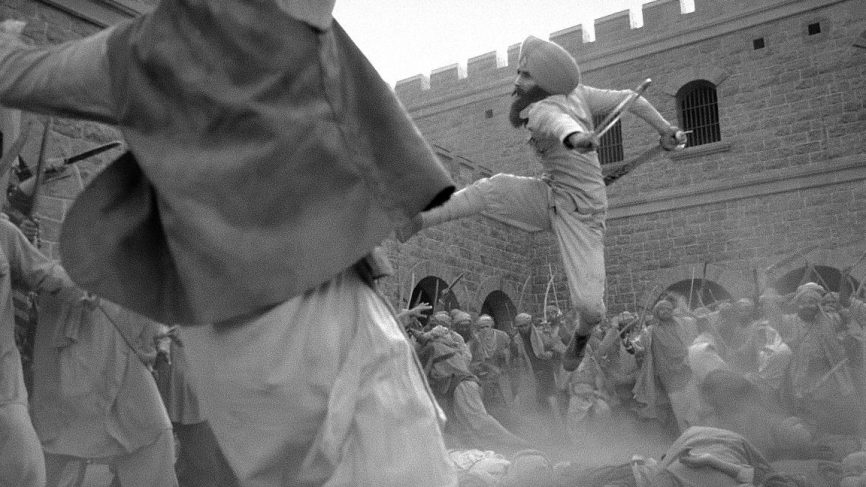They call the Battle of Saragarhi one of the greatest last stands in military history: 21 Sikh soldiers held fort against more than 10,000 rampaging tribesmen for over six hours. Nearly 120 years after it happened, the story of the battle of Saragarhi is finally going out to the world. After the Netflix series 21 Sarfarosh: Saragarhi 1897, the story will be retold through Kesari, the film in which Akshay Kumar plays Havildar Ishar Singh. Till you get to the series or the film, here’s a recap of what really went down on that day in 1897.
Where is Saragarhi?
Back in the 19th Century, Saragarhi was a tiny, nondescript village in what was then the North-West Frontier Province. Today, it stands a few hours outside Peshawar near the Pakistan-Afghanistan border.
Who fought the Battle of Saragarhi?
The epic Battle of Saragarhi was fought between 21 soldiers from the 36th Sikh Regiment of the British Indian Army and over 10,000 Pashtun tribesmen. The battle took place nearly two decades after the Second Anglo-Afghan War. The British Army, trying to gain control of the hilly Central Asian provinces, was in a long-standing conflict with local tribes and clans. Many battles were fought, with hundreds of Indian foot-soldiers martyred towards the British cause.
What happened in the Battle of Saragarhi?
Fort Gulistan and Fort Lockhart in Afghanistan were two fortresses under British control at the time. The forts would communicate with each other by using mirrors to flash Morse Coded messages. But the distance between them was quite a bit, and so, Saragarhi was set up as a signalling station–to relay messages from one end to the other. 21 soldiers from the 36th Sikh Regiment were deputed to guard this post.
September 1897. There are reports of an impending attack on the forts by local Afghan clans. Everyone is on guard. On the morning of 12 September, a sentry at Saragarhi sees a dust cloud rise in the distance. Signalman Gurmukh Singh flashes the message to the two forts. Word comes back: the tribes are coming. 10,000, maybe 14,000. “Need reinforcements,” Saragarhi flashes the message through their mirrors. “Unable to break through. Hold fort,” comes the response.
And so they do, over the next six hours, the 21 Sikh soldiers led by Havildar Ishar Singh fight off wave after wave of the Afghan warriors. With their 0.303 calibre single-loading rifles, they take aim: every shot is fatal. Stunned by the casualties, the Afghan forces recoil and try to buy peace: they offer the soldiers riches and a safe passage. But the principled Khalsa warriors refuse. And the battle rages on.
Now, the tribes try another tact: they try to smoke the soldiers out by setting the shrubs nearby on fire. That doesn’t work, but the tribesmen manage to breach the post. And yet, Havildar Ishar Singh and his men hold on. Low on ammunition, Saragarhi again ask the British command for help. None arrives.
Ishar Singh orders his men to fall back to secure the last line of defence. He himself holds on, with his pistol and sword. He fights one warrior after another. The Sikh casualties are mounting. It’s now down to the last few men. Even with his life at risk, Signalman Gurmukh Singh flashes a message to his superiors, seeking permission to swap the mirrors for a gun. And then, with a shout of “Jo Bole Sau Nihal, Sat Sri Akal,” the 19-year-old soldier joins the battle. One after the other, the brave Sikh slashes the invaders, killing nearly 20 of them. Unable to get the last of them, the tribesmen set the fort on fire.
So who won the Battle of Saragarhi?
The 21 Sikh soldiers killed between 180-600 Afghan tribesmen. Eventually, each of the soldiers succumbed, but they had fought through the day, giving Fort Lockhart and Fort Gulistan enough time to prepare. They had also inflicted heavy losses on the invading forces. Saragarhi fell, but was soon recaptured by the British forces.
Post Cradit :- cntraveller








No comments